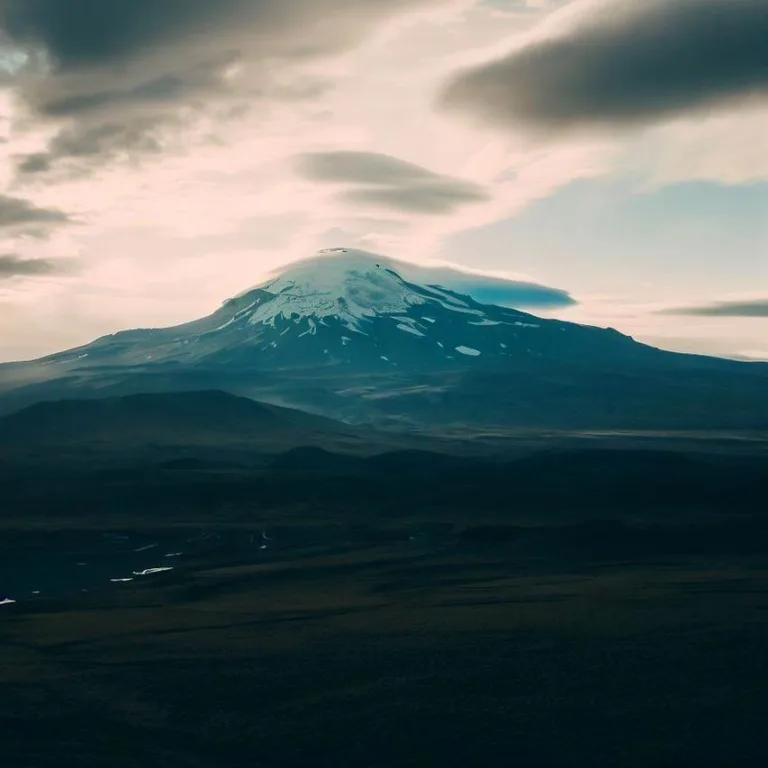Welcome to a captivating journey into the heart of one of Iceland’s most iconic natural wonders – Hekla. This mighty volcano, often referred to as the „Gateway to Hell,“ holds a significant place in Icelandic history, geology, and culture. Let’s delve into the depths of this fiery giant, exploring its fascinating characteristics, historical eruptions, and the mesmerizing landscapes it has sculpted.
Unveiling the power of hekla
Nestled in the southern region of Iceland, Hekla stands as one of the country’s most active and prominent volcanoes. Its awe-inspiring beauty conceals immense power beneath its surface. Hekla’s volcanic activity is attributed to its location atop the Mid-Atlantic Ridge, where the North American and Eurasian tectonic plates meet. The intense geological forces at play create the perfect conditions for volcanic eruptions.
The dance of fire and ice
Iceland’s contrasting landscapes of fire and ice are no more evident than around Hekla. The juxtaposition of the fiery eruptions against the glacial ice creates surreal and breathtaking scenes. Hekla’s eruptions have played a vital role in shaping the surrounding terrain, from vast lava fields to intricate rock formations. The volcano’s influence on Iceland’s geological evolution is undeniable.
Historical eruptions and cultural significance
Hekla has etched its name in the annals of history with numerous eruptions that have left indelible marks on Iceland’s cultural and geological landscape. In medieval times, its eruptions were often interpreted as harbingers of doom, leading to its ominous nickname, „Gateway to Hell.“ These eruptions, however, have also enriched the soil, supporting the growth of lush vegetation and sustaining local agriculture.
Hekla in Literature and Mythology
Throughout centuries, Hekla’s enigmatic aura has inspired countless stories and legends. It finds a place in Icelandic sagas, poetry, and folklore, further cementing its significance in the hearts of Icelanders. Its portrayal in literature is a testament to the volcano’s ability to evoke both awe and respect.
Modern monitoring and preparedness
Modern technology has enabled scientists to closely monitor Hekla’s activity, providing crucial insights into its behavior and potential eruptions. The Icelandic Meteorological Office keeps a watchful eye on the volcano, issuing alerts when signs of heightened activity emerge. This vigilance ensures the safety of residents and visitors alike, showcasing Iceland’s commitment to responsible volcanic exploration.
Frequently Asked Questions (FAQs)
Q: Is it safe to visit Hekla?
A: Visiting Hekla requires caution and adherence to safety guidelines. Always stay informed about the volcano’s current status and follow the guidance of local authorities.
Q: When was Hekla’s last eruption?
A: As of my last update in September 2021, the last eruption occurred in 2000. Please verify with up-to-date sources for the latest information.
Q: Can you hike to the top of Hekla?
A: Yes, it’s possible to hike to the summit of Hekla. However, the terrain can be challenging, and climbers should be experienced, well-prepared, and aware of the potential risks.
Q: How does Hekla impact the environment?
A: Hekla’s eruptions release gases and particles into the atmosphere, which can influence weather patterns and temporarily affect air quality. On the positive side, volcanic soil is fertile and supports local agriculture.
Unveil the marvels of hekla
In the heart of Iceland’s dramatic landscapes, Hekla stands as a testament to the Earth’s raw power and its ability to shape the world around us. From its historic eruptions to its cultural significance, this fiery giant continues to inspire awe and wonder. To witness the dance of fire and ice at Hekla’s doorstep is to embark on a journey into the heart of Iceland’s geological and cultural heritage.
Viz také:






